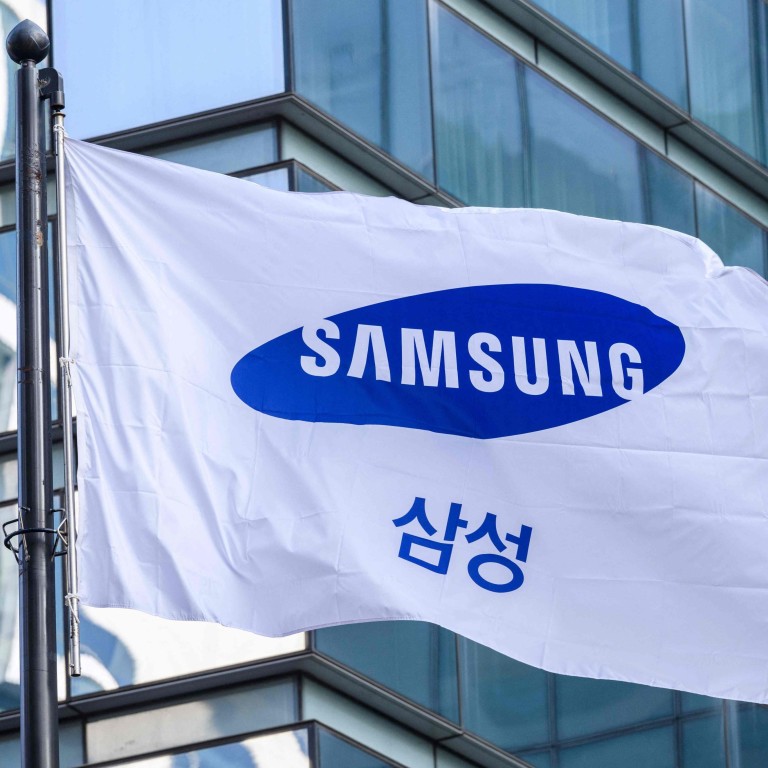
Samsung US factory spilled acid waste for months, probe shows
- Samsung plant may have dumped as much as 763,000 gallons of waste over 106 days into a stormwater pond on its property, which affected nearby tributary
- The killing spill killed aquatic life and the Texas Commission on Environmental Quality is assessing possible impacts on human health
Samsung Electronics Co’s semiconductor factory in Austin, Texas, spilled acidic waste for months, killing aquatic life in a tributary nearby, a probe showed.
The amount of acidic waste that entered the tributary is unknown, and there is “no measurable impact” to water chemistry and aquatic life further downstream in the Harris Branch Creek, according to a January 27 memorandum by the city’s Watershed Protection Department sent to Austin’s mayor and city council.
The company discovered a release of “industrial waste water” that entered its stormwater collection pond on January 14, it said in a statement. It immediately stopped the release and took action to minimise the impact to the environment, Samsung said.
How Hong Kong’s big, stinking, toxic waste problem is becoming a crisis
Samsung, which locates most of its production in its home base of South Korea, has a logic semiconductor plant in Austin that makes chips on a contract basis for other companies.
“Samsung Austin Semiconductor is committed to environmental stewardship and recognises our role in preserving the natural beauty of Central Texas,” spokesperson Michele Glaze said in the statement, adding Samsung immediately notified environmental authorities of “dilute amounts of sulphate and hydrogen peroxide within the industrial waste water of concern.”

The Samsung plant may have dumped as much as 763,000 gallons of the waste for as long as 106 days into a stormwater pond on its property, which then affected the tributary, according to the Watershed Protection Department memo. Sections of the tributary had a pH level that was “far below normal” for surface water earlier this month, it said, adding that as of January 19, the pH had returned to close to normal.
Dead and missing aquatic life in the affected stretch indicate “the discharge had a significant short-term impact on the aquatic community and the ecology of the tributary,” the report said. “It is too early to know what the long-term impacts might be.”
10 sustainable gadgets and accessories to help fight climate change
The Watershed Protection Department is receiving daily updates from Samsung on the remediation process at the stormwater pond and will conduct an inspection before the pond is allowed to be put back in service. It will also perform weekly surveys of the affected tributary to monitor water quality parameters until all remediation is complete. The Texas Commission on Environmental Quality is assessing any impact on human health.

